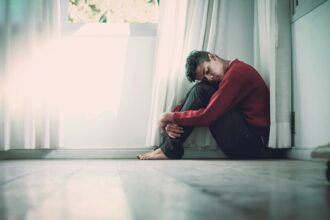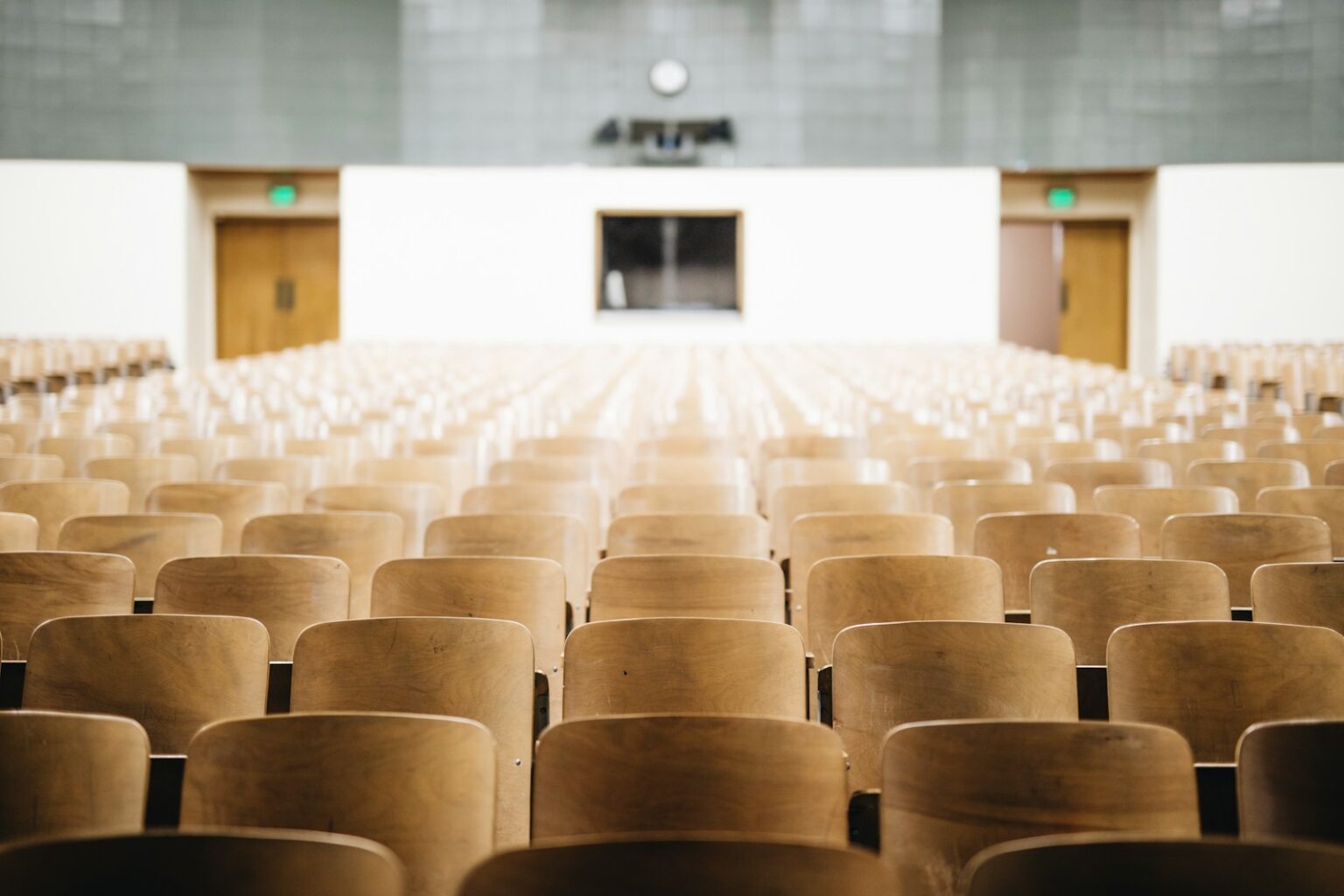What is comprehensive sexuality education?
It is vital to young people’s health and survival that comprehensive sexuality education (CSE) provides them with accurate, age-appropriate knowledge on sexuality and their sexual and reproductive health.
CSE covers a wide range of topics, including but not limited to families and relationships; respect, consent, and bodily autonomy; anatomy, puberty, and menstruation; contraception and pregnancy; and sexually transmitted infections, including HIV. It is also sometimes referred to as family life education or life skills education.
Why is it crucial to have conversations with youth about their sexuality and well-being?
Children and young people who receive sexuality education are better able to safeguard their health, form polite social and sexual relationships, make responsible decisions, and recognise and uphold the rights of others.
High-quality sexuality education is consistently linked to beneficial health outcomes that last a lifetime, according to the evidence. When young people are more aware of their sexuality, sexual health, and rights, they are more likely to postpone having sex and, when they do, to engage in safer sexual behaviour.
In addition to educating children about respect, consent, and where to go for assistance if they need it, sexuality education also helps them get ready for and handle the physical and emotional changes that come with growing up, such as puberty and adolescence. Thus, there are fewer chances of abuse, exploitation, and violence.
At what point should sexual education start?
In order to maintain their health and general well-being, children and adolescents must get an education about the world and themselves that is developmentally and age appropriate.
The United Nations’ global guidance suggests initiating CSE around age five, which is when formal education usually starts, in order to support school-based curricula. But sexuality education is a lifetime process that can occasionally start earlier, at home, with reliable carers. Learning happens gradually; the knowledge acquired at an early age differs greatly from that acquired during puberty and adolescence.
Teaching about sexuality to younger students does not always equate to teaching about sex. In the case of lower age groups, CSE could involve teaching kids about their bodies and how to identify their emotions, as well as talking about decision-making, family dynamics, various forms of relationships, permission, and what to do in the event of abuse, aggression, or bullying. Healthy relationships are built on this kind of learning throughout life.
Who should be in charge of educating people about sexuality?
Teaching young people about their sexuality and sexual and reproductive health is a responsibility that many individuals have, whether it is done in a formal classroom, at home, or in other informal settings. Ideally, there should be a variety of sources available to offer solid and reliable instruction on these subjects. In addition to parents and other family members, educators can guarantee that youth have access to reliable, scientific knowledge and assist them in developing vital skills. Outside of the classroom, sexuality education can also be given by qualified social workers and counsellors who work with youth.
Does sexuality education promote unsafe or young sexual behaviour?
Effectively planned and executed sexuality education initiatives encourage making healthy decisions regarding one’s sexual health. Research indicates that when young people are better educated about sexuality, sexual interactions, and their rights, they are more likely to start sexual activity later in life and, when they do, to have safer relationships.
Is masturbation encouraged by sexuality education?
It is not encouraged to masturbate in CSE. WHO acknowledges, however, in our publications that youngsters begin to visually and tactilely investigate their bodies at a relatively young age. This is not a suggestion; rather, it is an observation.
The goal of the UN’s sexuality education guidelines is to support nations, professionals, and families in disseminating current, accurate information on young people’s sexuality that is appropriate for their developmental stage. This could entail dispelling myths about masturbation, such as the idea that it is unhealthy, and teaching kids age-appropriate lessons about their bodies, boundaries, and privacy.
What effects does sexuality education have on gender roles?
There is strong evidence that detrimental effects of discriminatory gender norms on males and girls start early in life. Approximately one in five girls globally, or 18% of all girls, are thought to have been sexually abused as children.
However, studies indicate that both large- and small-group education might help to question and alter gender stereotypes that are not equitable. In light of this, teaching youth about gender relations, gender equality and inequality, and gender-based violence is advised by the UN’s international guidelines on sexuality education.
How can sexual assault be avoided with sexuality education?
Sexuality education helps reduce the risk of abuse by educating children and young people about their rights and appropriate and unacceptable behaviour. Children between the ages of 5 and 8 are expected to identify bullying and violence and comprehend that these behaviours are unacceptable, according to UN international guidelines. It demands that 12- to 15-year-old children be taught that sexual assault, abuse, violence against intimate partners, and bullying are all violations of human rights and are never the victim’s fault. Lastly, it demands that older teenagers—those between the ages of 15 and 18—be taught the importance of consent in order to have a fulfilling sexual connection with a partner. Additionally, it’s important to teach kids and teens what to do and where to go in the event of abuse or violence.
By using this method, sexuality education enhances young people’s capacity to recognise and respond to abuse, to put an end to it, and to seek assistance when necessary.
What effect do programmes centred on abstinence have?
Abstinence-only campaigns, which advise young people not to have sex before marriage, have been shown to be unsuccessful in reducing early sexual activity and risk-taking behaviour, as well as possibly damaging to the sexual and reproductive health of young people.
As a result, CSE addresses safer sex, preparing young people for personal relationships that may involve sexual activity or other forms of intercourse after they have made thoughtful decisions. Research indicates that adopting this strategy is linked to delaying the initiation of sexual activity, decreasing the engagement in risky sexual behaviours (which also serves to lower the rate of STDs), and increasing the use of contraception.
How can nations use the United Nations’ guidelines for sexuality education?
Like with many other topics, the WHO offers recommendations for policies and programmes on sexuality education that are grounded in substantial research findings and programming experience.
Learning objectives are outlined in the UN global advice on sexuality education, with the first target age being five. These are meant to be modified to fit the local curriculum and setting of a nation. The document outlines the steps involved in this adaptation process, which include research to make sure programmes are tailored to the requirements of young people and interaction with professionals, parents, and young people.












